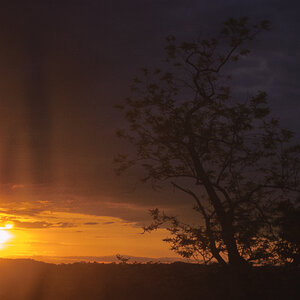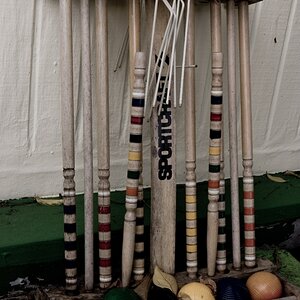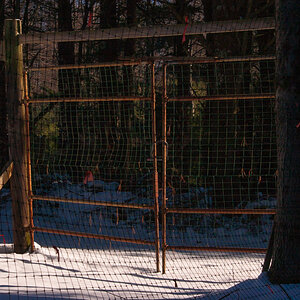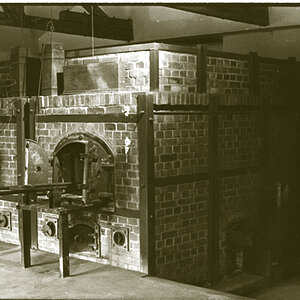WillK
TPF Noob!
- Joined
- Apr 20, 2013
- Messages
- 7
- Reaction score
- 0
- Can others edit my Photos
- Photos NOT OK to edit
Many bags come in different shapes and sizes. Most of them seem to orient your camera with the lens going downwards. I notice sometimes people take their camera out and instead of using the bottom of the camera to set it down, they set it down on their lens (same as in bag orientation). Would this damage the lens? Would the weight of body damage the mechanisms inside the lens?





![[No title]](/data/xfmg/thumbnail/42/42280-60cc6d4893a2f440eac7dd2248e733a9.jpg?1619740088)







